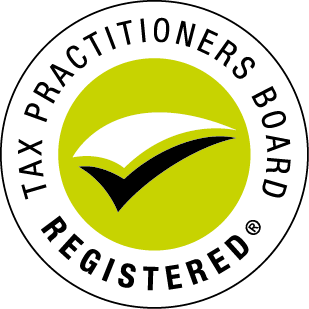
Members who receive income from one or more capped defined benefit income streams may have additional tax liabilities. They would then need to calculate their entitlement to the 10% tax offset if the income from all their capped defined benefit income streams exceeds their defined benefit income cap. SMSF trustees should be checking whether they are meeting withholding obligations for capped defined benefit income streams paid to their members.
SMSFs who pay a capped defined benefit income stream to members with a cap will need to provide the ATO with a PAYG withholding payment summary annual report, due by 14 August 2019. Members will have a cap if they have income from a capped defined benefit income stream and are 60 and above or under 60 and receiving a death benefit income stream from a person who died aged 60 or over.
When preparing their individual tax return, members need to:
- Consider all income they receive from capped defined benefit income streams.
- At label 7M, include half of the income from the tax-free component and taxed elements of all their capped defined benefit income streams which exceeds their defined benefit cap.
- At label 7N, include any untaxed element.
- At label T2, calculate and include their entitlement to the 10% tax offset (the amount may be nil).
The defined benefit income cap will be $100,000 for most individuals. It may be less in some circumstances, such as if they turned 60 during the year or were over 60 and then started receiving income from a capped defined benefit income stream for the first time part way through the year. Capped defined benefit income streams include life expectancy and market-linked pensions which were payable before 1 July 2017 and reversionary income streams paid to beneficiaries.
SMSFs must ensure they meet all obligations. These include registering for PAYG, providing members and the ATO with payment summary information, and making sure to comply with withholding obligations of their activity statement.

